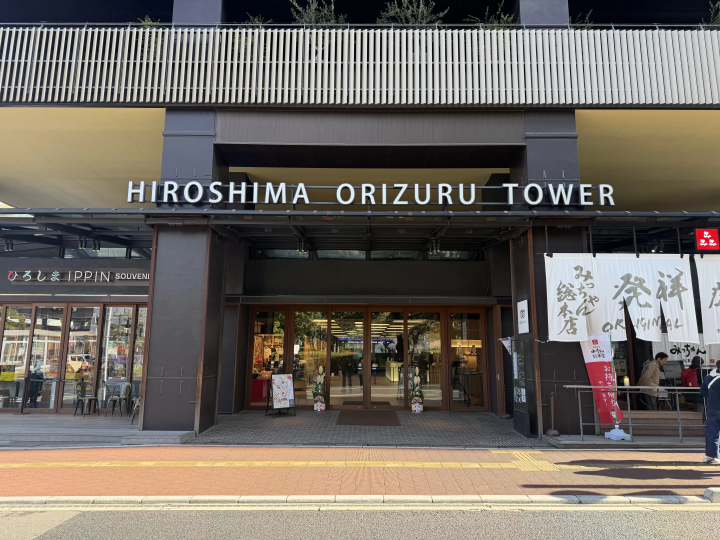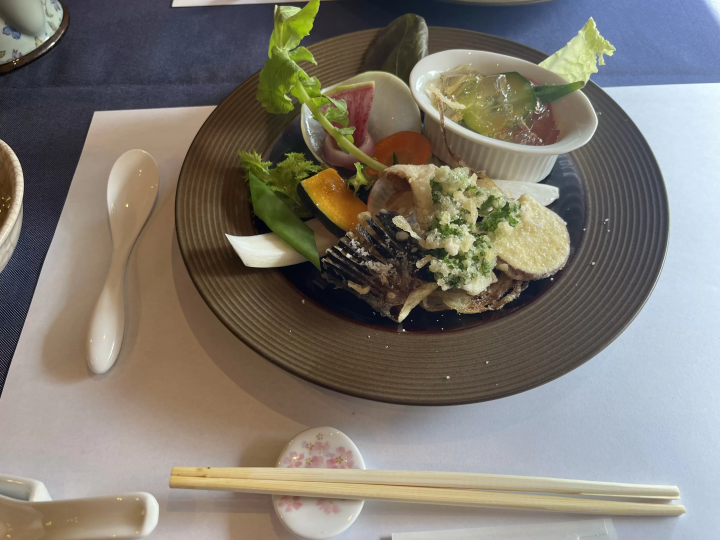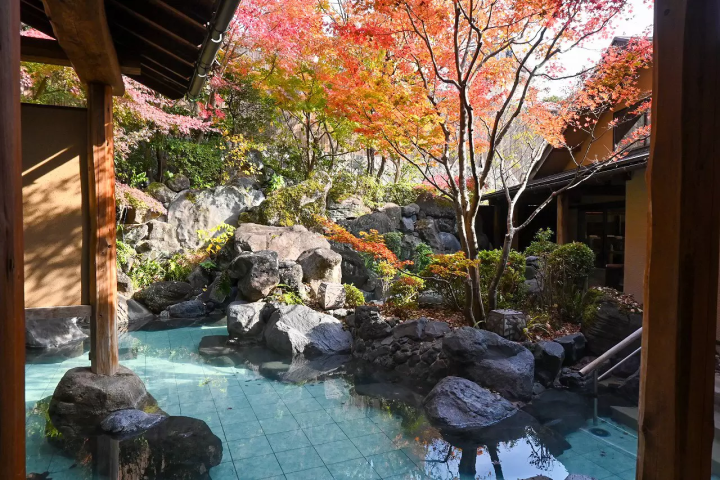[Japanese architectural beauty] Ozu is a treasure trove of hanging architecture
![[Japanese architectural beauty] Ozu is a treasure trove of hanging architecture](https://resources.matcha-jp.com/resize/720x2000/2023/12/04-154946.webp)
There are many buildings in Ozu City where you can feel the beauty of Japanese architecture, but architecture called Kakezukuri cannot be ignored when talking about Ozu architecture. In this article, we will introduce Sukahikona Shrine and Garyu Sanso as representative examples of Ozu's hanging architecture.
-
Table of Contents
- What is hanging architecture?
- Sukohikona Shrine Sangoden
- Garyu Sanso Furoan
What is hanging architecture?
Kakezukuri architecture refers to buildings that are built on steep slopes such as cliffs in such a way that they jut out from the ground.
Typical examples include Kiyomizu Temple in Kyoto Prefecture and Sanbutsuji Nageire Hall in Tottori Prefecture, but you can also see several hanging structures in Ozu City.
We also recommend ``NIPPONIA HOTEL Ozu Castle Town'' as a base for touring Ozu's Kakezukuri. If you are staying overnight, please also refer to the article below.
Sukohikona Shrine Sangoden
![[Japanese architectural beauty] Ozu is a treasure trove of hanging architecture](https://resources.matcha-jp.com/resize/720x2000/2023/12/04-154947.webp)
The Sankaden of Sukunahikona Shrine is one of Ozu's representative hanging structures, and was built to venerate the place where Sukunahikona no Mikoto, who appears in the Kojiki and Nihon Shoki, is said to have died. This is a shrine that was built. Among them, the building called Sango-den is built in such a way that about 90% of its floor space protrudes from the cliff, and you can enjoy its impressiveness up close.
Sankoden itself was erected in 1934, but it remained in a dilapidated state due to the lack of a manager. However, in 2014, it was restored with a grant from the New York-based World Monuments Foundation, which gave it its current appearance.
Inside Sankoden, materials from that time are displayed, and you can see materials related to the restoration of Sankoden.
![[Japanese architectural beauty] Ozu is a treasure trove of hanging architecture](https://resources.matcha-jp.com/resize/720x2000/2023/12/04-154962.webp)
Click here for more information on Sukuhikona Shrine.
Garyu Sanso Furoan
![[Japanese architectural beauty] Ozu is a treasure trove of hanging architecture](https://resources.matcha-jp.com/resize/720x2000/2023/12/04-154953.webp)
Garyu Sanso, the city's number one tourist destination, is also one of the hanging structures that can be seen in Ozu. Garyu Sanso was built by Torajiro Kawachi, who made his fortune through trade during the Meiji period, and it is a luxurious building that was made with all the resources of a wealthy merchant at the time, and you can feel the attention to detail in every part.
Among them, the building called Furo-an has a hanging structure that resembles a boat floating on the Hijikawa River.The ceiling resembles the bottom of a ship, and the moon rises from Mt.Tomisu Various measures have been taken to brighten the room.
The entire structure of Furoan, including the hanging structure, can be seen from the opposite bank from Garyu Sanso, and you can enjoy the various changes that occur depending on the season.
Garyu Sanso is also introduced in the article below, so if you are interested, please read it.
Ozu City is located in the western part of Shikoku, in the region known as Nanyo, and is an area centered around the Ozu Basin, facing the Seto Inland Sea to the north and the Shikoku Mountains to the south. The clear Hijikawa River flows through the center of the city, and as its name suggests, the river curves like an elbow as it runs through the town, bringing many blessings to the city, including nature, history, culture, and local specialties. Remnants of the city's prosperity as a castle town around Ozu Castle during the Edo period still live on the banks of the Hijikawa River.
The contents on this page may partially contain automatic translation.





























![[Coupons available] We're open even during the New Year holidays! We'll bring you information on our New Year's sale!](https://resources.matcha-jp.com/resize/720x2000/2025/12/26-254137.webp)

![[For beginners and debutants] Special feature on recommended ski resorts and ski tours!](https://resources.matcha-jp.com/resize/720x2000/2025/12/26-254120.webp)
